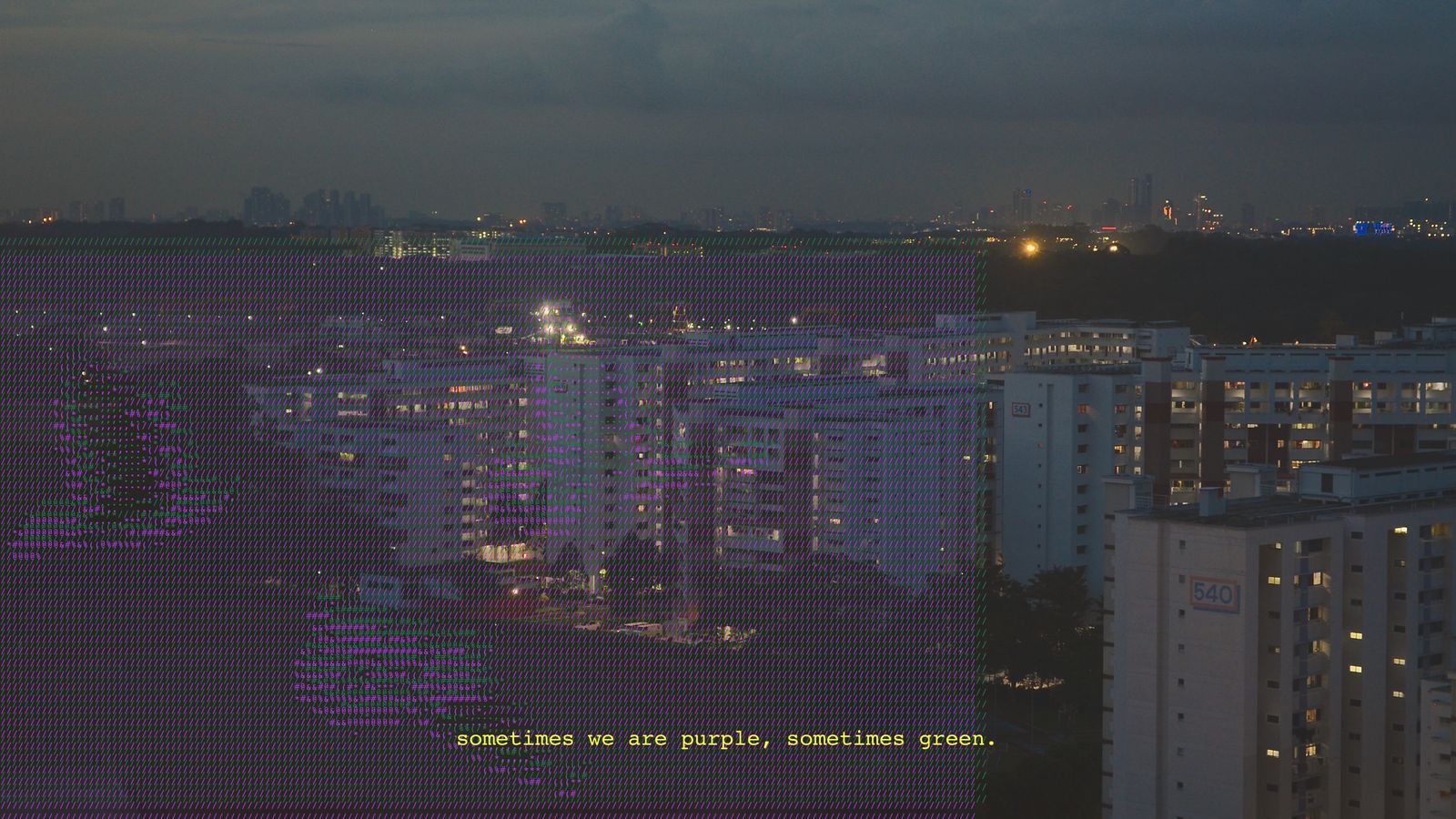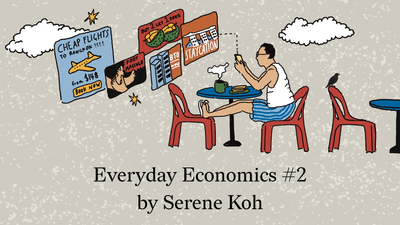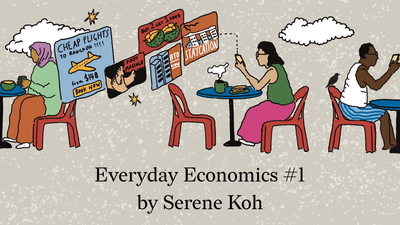A distant relative can’t compare to your next-door neighbour. And water that is faraway cannot save a nearby fire. Put both Chinese proverbs together and it becomes clear—if your house is on fire, you should get a fire extinguisher from your neighbour rather than your second aunt 20km away.
Indeed, there are many other times when a friendly neighbour can be helpful. Missing a pinch of sugar for the dinner bubbling on the stove? Need someone to water your plants in the corridor while you’re away? Want someone to sign your petition protesting the parking situation in your neighbourhood? Check, check, check. Proximity matters, even in a small place like Singapore, as it affects your access to relationships and resources. And so, any systemic sorting of population groups by residential location would create a situation where the network of neighbourly ties and social capital are similarly sorted.
The phenomenon where people are spatially sorted (willingly or not)—by race, ethnicity, nationality and/or socioeconomic class—is known as ‘residential segregation’. A textbook example is the Venetian Ghetto, an area where Jews were forced to live during the 1500s, and which was physically separated from the rest of Venice by gates and walls.
In Singapore, there tends to be much focus on ethnic-based residential segregation. Indeed, the government introduced the Ethnic Integration Policy (EIP) in 1989 as a response to fears that the clustering of different ethnic groups into separate neighbourhoods would undermine social harmony. But there’s typically much less focus here on socioeconomic segregation: the clustering of different income groups.
Why might one care about socioeconomic segregation? Studies suggest that neighbourhoods are important sites where one can form ‘weak ties’: social ties with casual acquaintances that have been shown to be important for obtaining jobs and other opportunities. Imagine, when chatting with your retired neighbour about your post-graduation plans, she mentions a friend who’s the hiring manager at a cool tech start-up you’ve been eyeing, and offers to link you up. But what kind of neighbourhood would this interaction likely occur? In a neighbourhood of mainly low-income residents, weak social ties are unlikely to translate into job opportunities that support upward social mobility. Given the high levels of socioeconomic inequality in Singapore, and growing concerns about social mobility stagnating, we must examine the impact our (much prized) built environment generally, and the EIP specifically, might be having on social stratification.
The first step to understanding the relationship between the EIP and residential segregation (socioeconomic and ethnic) is to estimate levels of segregation within Singapore’s urban landscape. This is what I did in “Do ethnic integration policies also improve socio-economic integration? A study of residential segregation in Singapore”, which was recently published in the journal Urban Studies.
Some of what I found would be unsurprising to most: a cluster around the Holland-Bukit Timah area had the highest combined levels of ethnic and socioeconomic segregation in Singapore in 2020. More unexpectedly, my analysis also suggests that in majority public housing subzones, those with higher levels of ethnic segregation had lower levels of socioeconomic segregation, on average. The inverse is also true. In other words, in and around public housing estates, there is a trend where a greater mixing of ethnicities is accompanied by less socioeconomic mixing.
By focusing on the former, has Singapore paid insufficient attention to the latter?





